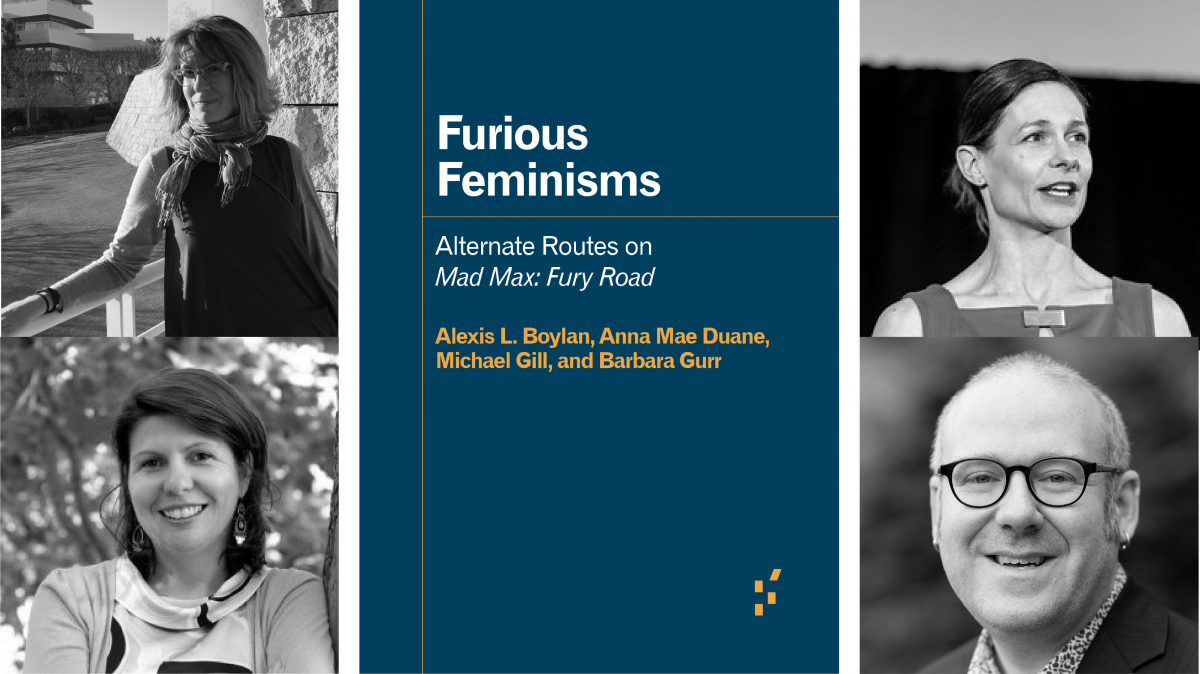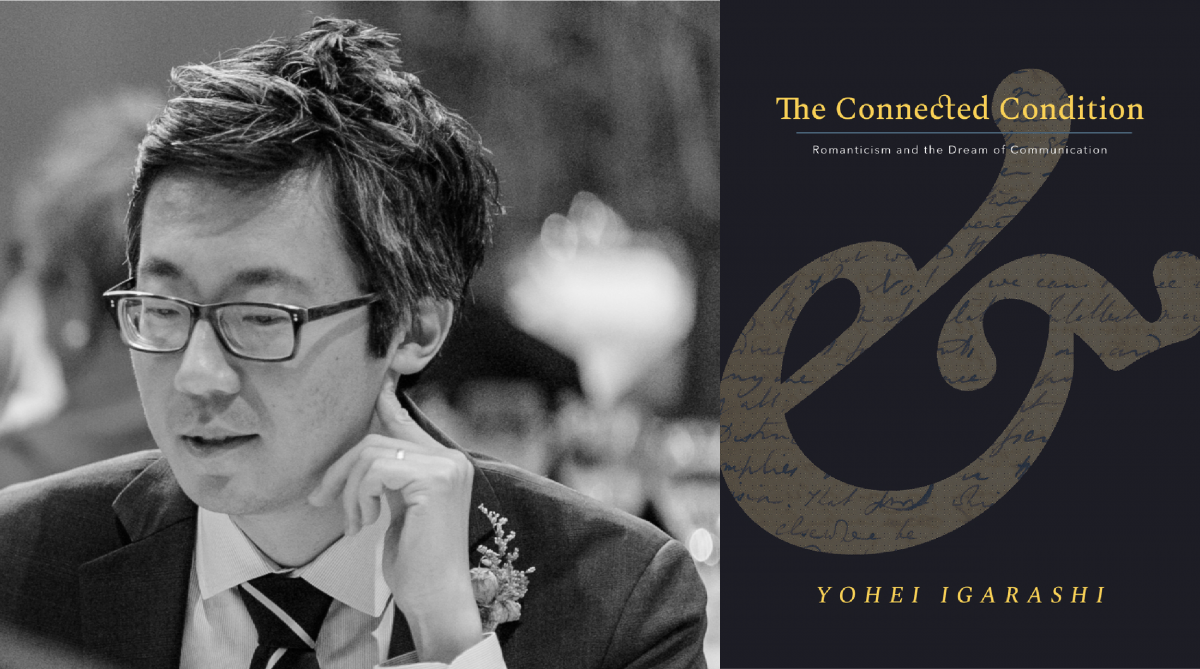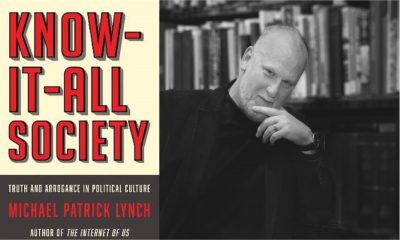University of Connecticut Humanities Institute (UCHI) Director of Academic Affairs, Alexis Boylan, is the lead author of a new book entitled Furious Feminisms: Alternative Routes on Mad Max: Fury Road (University of Minnesota Press, 2019). The book uses the feminist credentials of George Miller’s 2015 Mad Max: Fury Road film to ask “what is possible, desirable, or damaging in theorizing feminism in the contested landscape of the twenty-first century.” The authors tackle this issue from four different disciplinary angles: art history, American literature, disability studies, and sociology. Other authors of the book are Anna Mae Duane, associate professor of English at UConn and a UCHI Class of 2016-2017 Fellow; Michael Gill, an associate professor of disability studies in the department of Cultural Foundations of Education at Syracuse University; and Barbara Gurr, associate professor in residence in the Women’s, Gender, and Sexuality Studies program at UConn.





